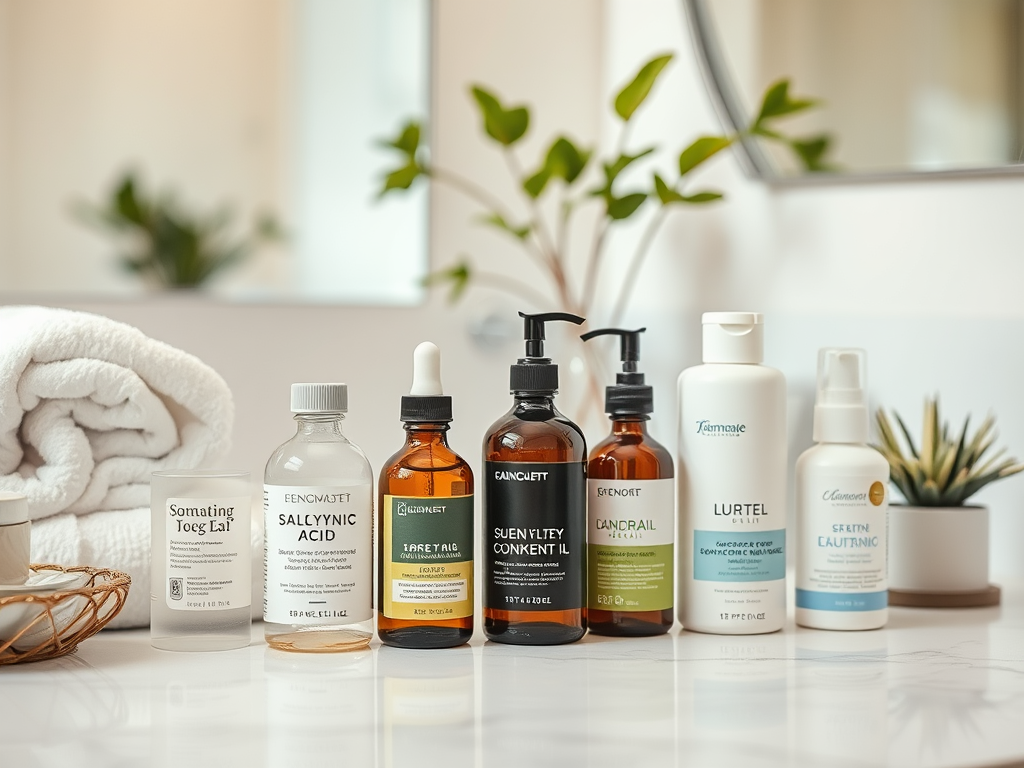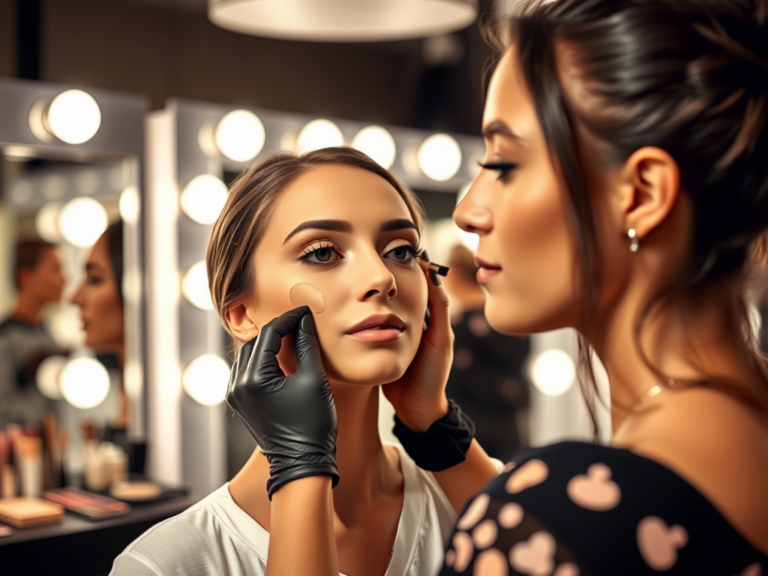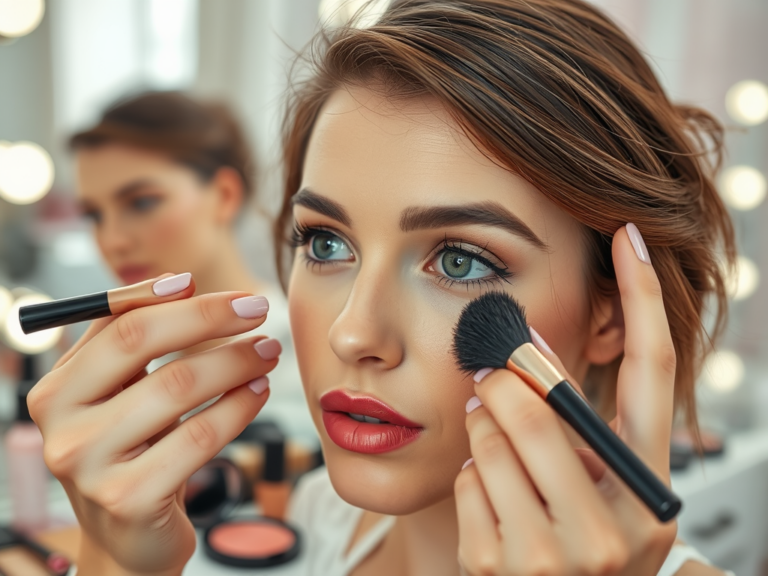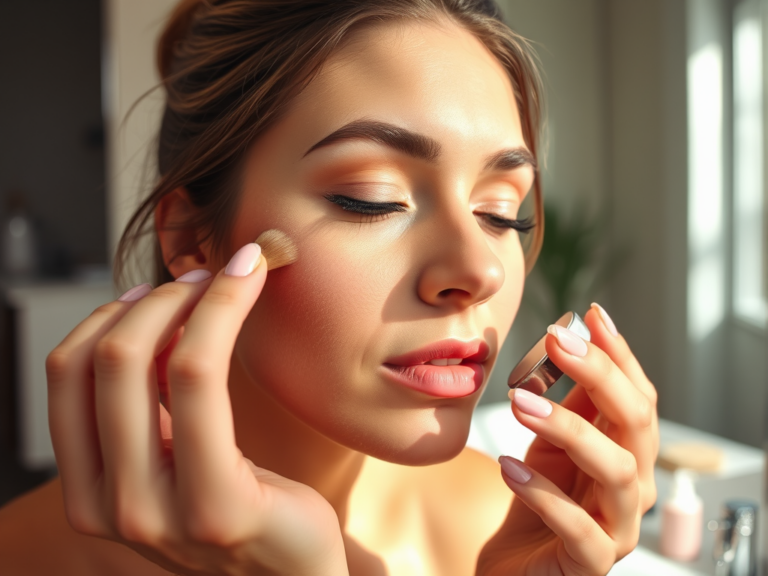Face blemishes can often feel like unwelcome guests, appearing when least expected and leaving behind a trail of frustration. The quest for clear, glowing skin leads many to explore a myriad of treatment options. However, navigating through the vast array of skincare products can be daunting. Knowing which ingredients pack the most punch against blemishes can simplify your search and enhance your skincare routine. Here, we will discuss the top five ingredients that are essential for fighting face blemishes and achieving clearer skin, along with their benefits, how they work, and tips for effective use.
The world of skincare has evolved tremendously over the years, with science paving the way for sophisticated solutions tailored to various skin concerns. Among them, face blemishes are particularly common, often being the result of hormonal upheavals, poor diet, stress, or other environmental factors. Understanding the potency of certain active ingredients can turn the tide in your skincare battle. With the right components, you can not only treat existing blemishes but also ward off future breakouts. The informed selection of these ingredients can empower your skincare routine and bolster your confidence.
Understanding Face Blemishes
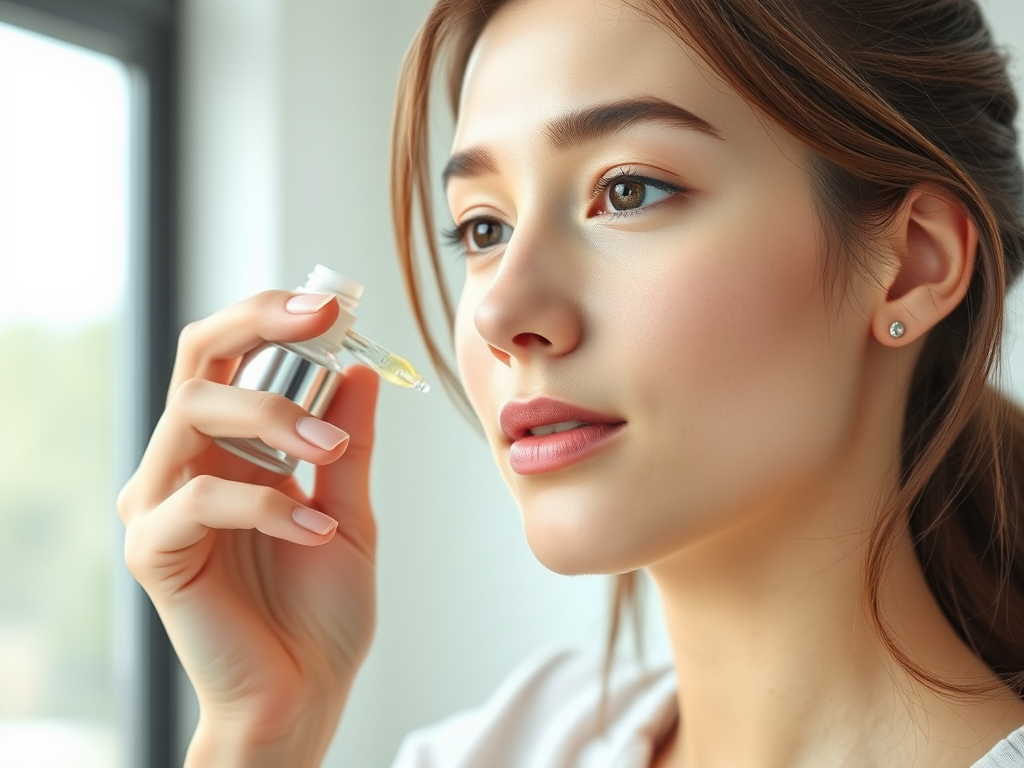
Face blemishes can be a source of discomfort and insecurity for many individuals. These imperfections can arise from various factors, including hormonal changes, environmental influences, and skin type. Understanding the best ingredients to combat these pesky spots is essential for effective skincare. From over-the-counter treatments to dermatologist-recommended solutions, it’s important to identify what works best for your unique skin type. Harnessing the power of the right ingredients can transform your complexion and improve your skin’s overall health.
Salicylic Acid
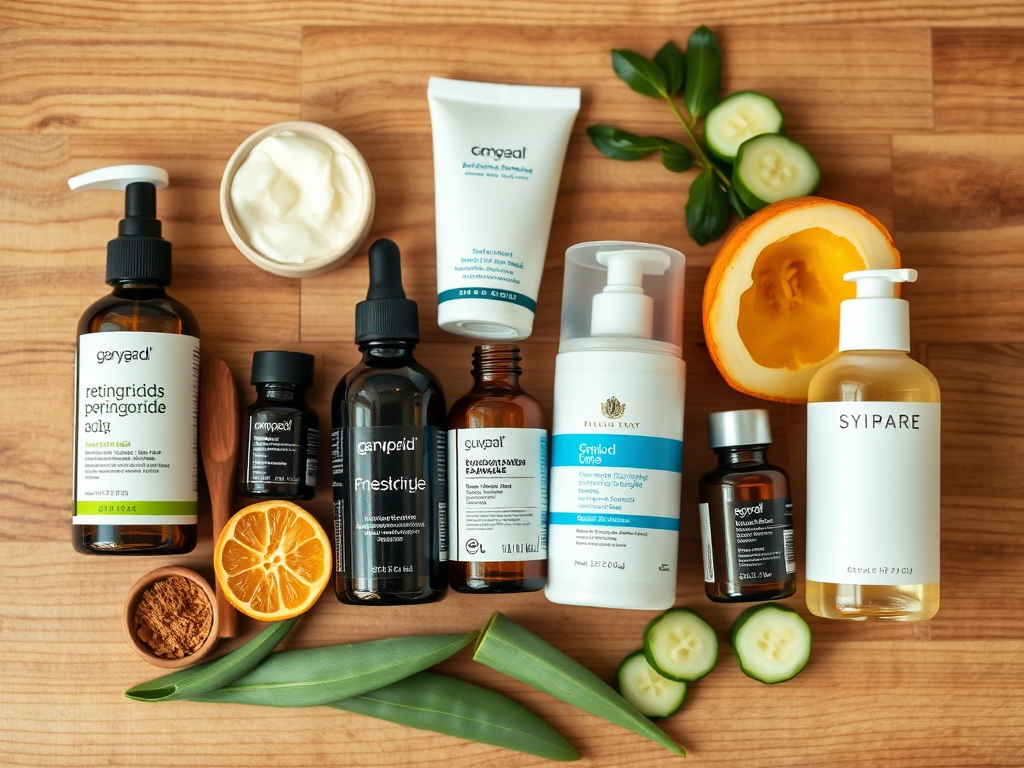
Salicylic acid is a beta hydroxy acid (BHA) known for its exfoliating properties. It penetrates deep into the pores, helping to dissolve the buildup of dead skin cells and oil that can lead to blemishes. This ingredient is widely recognized for its ability to treat acne, and many people swear by its effectiveness. In addition to clearing existing blemishes, salicylic acid assists in preventing future breakouts by keeping the skin clear from excess oil.
Another notable benefit of salicylic acid is its anti-inflammatory properties, which can soothe redness and swelling associated with acne. It’s essential to start with a lower concentration if you are new to this ingredient to assess your skin’s sensitivity. Many commercial products contain different concentrations, making it easier for you to find the right fit for your needs. Topical treatments infused with salicylic acid can yield remarkable results, leading to a clearer complexion.
- Exfoliates dead skin cells
- Unclogs pores to prevent future breakouts
- Reduces inflammation and redness
Benzoyl Peroxide
Benzoyl peroxide is another powerful ingredient commonly found in acne-fighting products. Unlike salicylic acid, benzoyl peroxide works primarily by killing acne-causing bacteria on the skin’s surface. This potent antibacterial agent dramatically reduces the presence of bacteria and inflammation associated with breakouts. Its fast-acting properties make it a preferred choice for individuals looking for immediate results.
When using benzoyl peroxide, however, it is crucial to pay attention to your skin’s reaction. Some users may experience dryness or irritation, particularly if they are new to this ingredient. Therefore, it’s advisable to begin with a lower concentration and gradually increase usage as your skin adjusts. Combining benzoyl peroxide with other ingredients can also enhance its effectiveness, but doing so should be approached with caution.
- Effective at killing acne-causing bacteria
- Unclogs pores for healthier skin
- Reduces likelihood of future blemishes
Tea Tree Oil
For those who prefer a natural alternative, tea tree oil has gained popularity due to its skin-healing properties. This essential oil, derived from the Melaleuca plant, exhibits remarkable antimicrobial and anti-inflammatory effects that make it suitable for blemishes. Many people appreciate tea tree oil for its gentle nature and effectiveness without harsh chemicals that sometimes accompany conventional treatments.
While tea tree oil provides benefits, it is important to use it safely to avoid irritations. When applying tea tree oil on the skin, it should be diluted with a carrier oil, such as jojoba oil or coconut oil, to mitigate any risk. With that said, it remains a valuable staple for anyone aiming for a more holistic approach to skincare. Testing a small area of skin for compatibility is recommended before incorporating it into your routine.
- Always dilute tea tree oil with a carrier oil.
- Perform a patch test before full application.
- Use it sparingly, especially for sensitive skin.
| Ingredient | Main Benefit | Usage Tips |
|---|---|---|
| Salicylic Acid | Pore exfoliation and unclogging | Start with a low concentration |
| Benzoyl Peroxide | Reduces acne-causing bacteria | Gradually increase concentration |
| Tea Tree Oil | Natural antibacterial effects | Dilute with carrier oil |
| Niacinamide | Improves skin texture | Use consistently for best results |
| Retinoids | Promotes cell turnover | Start low, build up tolerance |
Niacinamide
Niacinamide, or vitamin B3, is another star ingredient in the world of skincare. This multi-benefit powerhouse has become a favorite for those looking to improve their overall skin texture and tone. It plays a significant role in reducing the appearance of blemishes and hyperpigmentation while providing a refreshing boost to the skin’s overall health.
In addition to its blemish-fighting properties, niacinamide boasts the ability to regulate oil production, which can be particularly beneficial for those with oily skin. It also enhances the skin’s barrier function and provides hydration, making it ideal for both oily and dry skin types. When incorporated into any skincare routine, niacinamide can yield remarkable and transformative outcomes.
- Reduces redness and hyperpigmentation
- Balances oil production
- Enhances skin hydration and barrier
Retinoids
Retinoids, derivatives of vitamin A, have garnered substantial attention for their effectiveness in treating various skin conditions, including blemishes. They promote cell turnover, helping to combat acne while unclogging pores and reducing the formation of new blemishes. Many individuals experience faster healing times when using retinoids in their skincare routines.
While retinoids are incredibly potent, they may cause initial irritation, particularly for those with sensitive skin. To incorporate them safely into your regimen, starting with a lower concentration is advisable, allowing your skin time to adjust. As your skin becomes accustomed, you can gradually increase the frequency of application. This planned approach can help maximize their benefits while minimizing discomfort.
- Start with lower concentrations to assess tolerance.
- Apply at night to minimize irritation.
- Always follow with sunscreen during the day.
Conclusion
Understanding the key ingredients to look for when treating face blemishes can empower you to make informed decisions about your skincare products. By incorporating active ingredients like salicylic acid, benzoyl peroxide, tea tree oil, niacinamide, and retinoids into your routine, you can take significant steps towards achieving clearer skin. Each ingredient has its unique benefits, and together they can form an effective strategy against blemishes. Tailor your routine based on your skin type and concerns for optimal results. Over time, you may begin to see not only clearer skin but increased self-confidence that radiates from within.
Frequently Asked Questions
- What are the main causes of face blemishes?
Face blemishes can be caused by hormones, stress, diet, and environmental factors. - Can I use multiple active ingredients together?
Yes, but it’s important to introduce them gradually to avoid skin irritation. - How long does it take to see results from these ingredients?
Results can vary, but most people notice improvements within four to six weeks of consistent use. - Are there any side effects associated with these ingredients?
Some individuals may experience dryness or irritation, particularly with retinoids and salicylic acid. Always perform a patch test before full application. - Is it necessary to consult a dermatologist for blemishes?
While many over-the-counter products are effective, consulting a dermatologist can provide personalized treatment options for persistent or severe blemishes.
